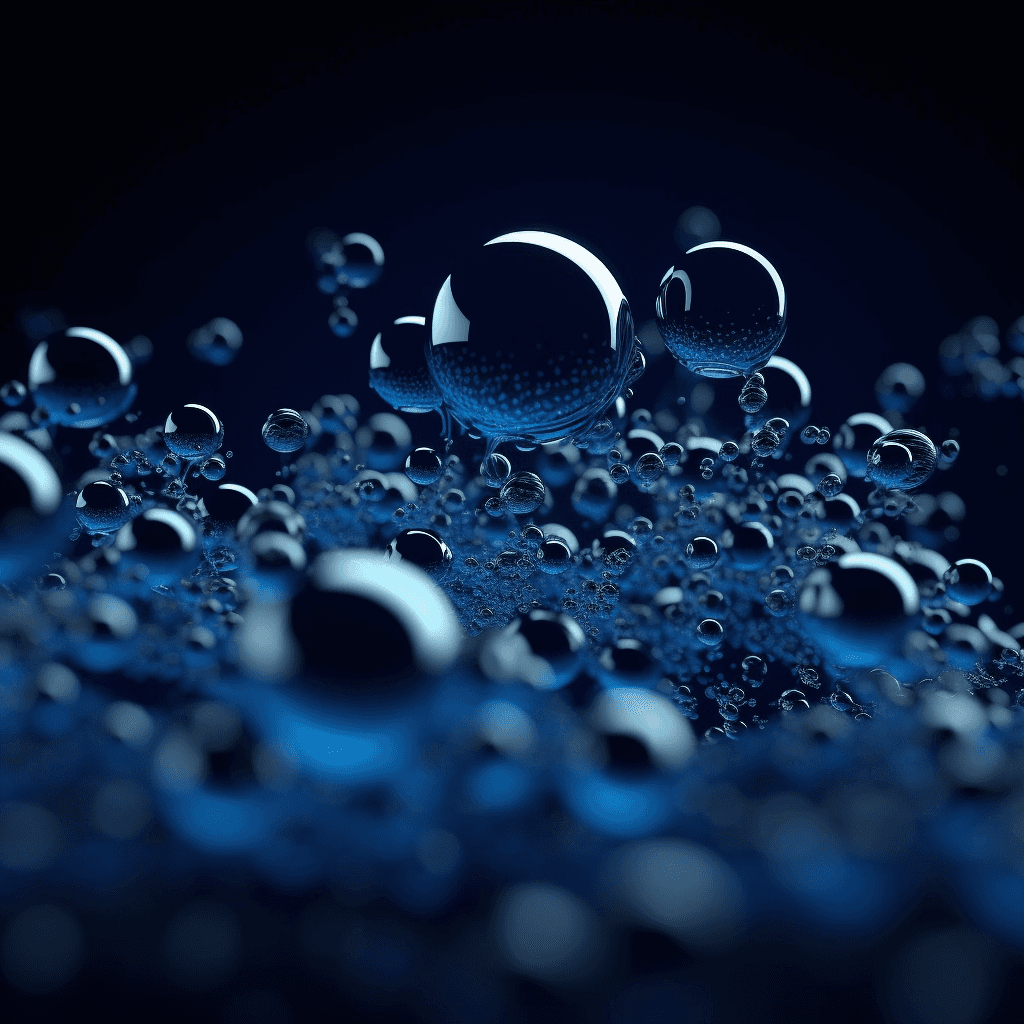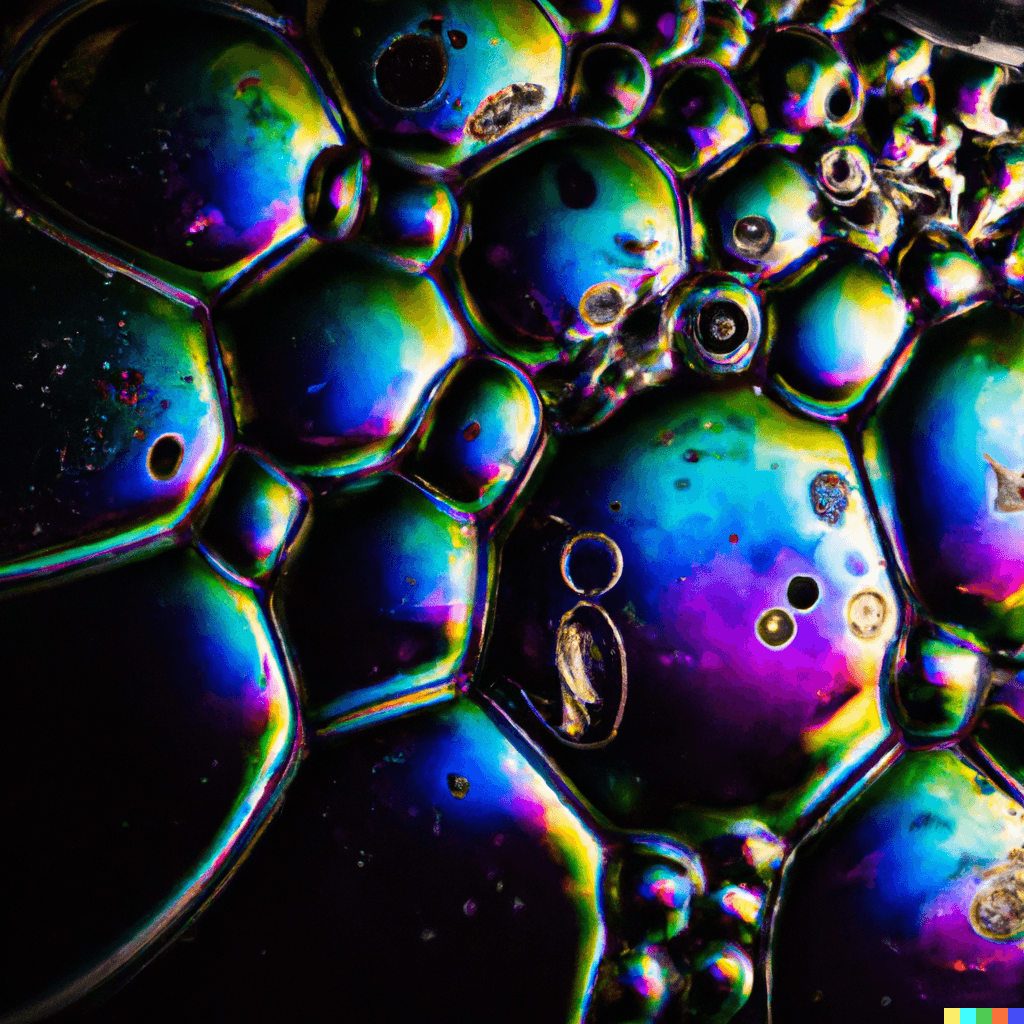What are nanobubbles?
Nanobubbles are extremely small bubbles that are typically smaller than 100 nanometers in diameter. They are often referred to as "ultrafine bubbles" or "microbubbles." Nanobubbles can exist in a wide range of liquids, including water, and can remain stable for long periods of time, sometimes even up to several weeks.
Nanobubbles have unique physical and chemical properties due to their small size and large surface area, which can make them useful in a variety of applications. For example, they can be used in water treatment to improve the efficiency of oxidation and disinfection processes, and in biomedical applications for drug delivery and ultrasound imaging. However, the exact properties and behavior of nanobubbles are still the subject of ongoing research and investigation.
Nanobubbles are extremely small gas bubbles, typically with a diameter less than 100 nanometers. They are often invisible to the naked eye and can be difficult to detect even with advanced microscopy techniques.
Nanobubbles can form in liquids by a variety of methods, such as sonication, electrolysis, or chemical reactions. They are of interest to researchers and engineers because they have unique properties, including long lifetimes, high stability, and a high surface area-to-volume ratio.
Nanobubbles have been studied for a wide range of applications, including water treatment, drug delivery, and biomedical imaging. They have also been investigated for their potential role in enhancing various industrial processes, such as cleaning, food processing, and oil recovery. However, the scientific understanding of nanobubbles is still evolving, and their practical applications remain an active area of research.
Nanobubbles are tiny gas bubbles, typically less than 100 nanometers in size, that are stable and can exist in liquids for extended periods of time. Unlike traditional bubbles, which rise to the surface and burst, nanobubbles remain suspended in the liquid and do not coalesce with one another. Due to their small size, they have unique physical and chemical properties, making them useful in a variety of applications, such as water treatment, drug delivery, and enhanced oil recovery. Research on the potential uses of nanobubbles is ongoing.



